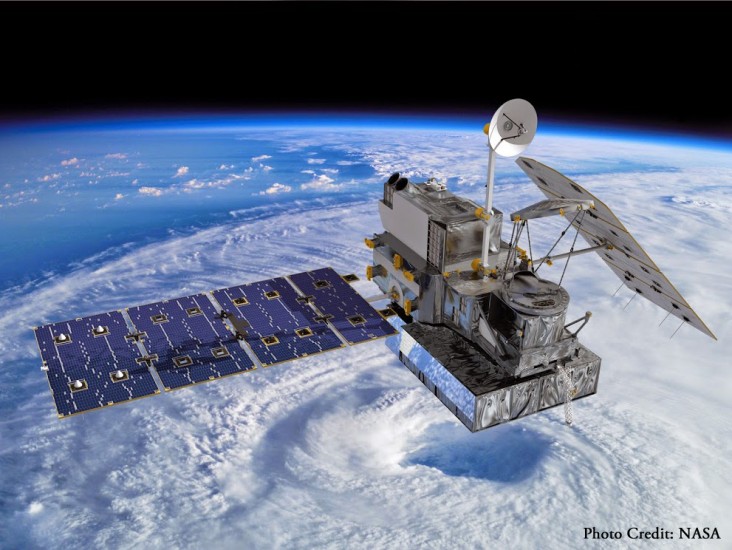Speeches Shim

The United States Agency for International Development (USAID) and the U.S. National Aeronautics and Space Administration (NASA) today announced a five-year project that will use satellite imagery to address environment and development challenges across the Amazon Basin. Using state-of-the-art geospatial technologies, SERVIR Amazonia will empower actors across the region to track environmental changes in almost real-time, evaluate climatic threats, and rapidly respond to natural disasters. By building the capacity of people and institutions to integrate science and technology into decision-making, USAID and NASA will support sustainability and self-reliance throughout the region.
SERVIR Amazonia will be funded by USAID, with science and technology support from NASA, and implemented by the International Center for Tropical Agriculture (CIAT) and a network of local and international partners serving the Amazonia.
The activity will help governments, institutions and communities to use publicly-available satellite imagery, geospatial data and maps to inform decisions in four areas: (1) drought and fire, (2) water resources and extreme events, (3) ecosystem management, and (4) weather and climate.
Operating as a regional hub, SERVIR Amazonia will promote collaboration among governments, universities, non-governmental organizations, community groups, and U.S. scientists. The ultimate goal is to improve local capacity to harness satellite data and geospatial information to foster sustainable natural resource management throughout the Amazonia.
SERVIR Amazonia will be one of five SERVIR hubs currently operating around the world. SERVIR connects USAID’s development network with NASA’s science, technology and extensive satellite data. Together with leading regional organizations in Africa, Asia and Latin America, the SERVIR global network has developed demand-driven services, tools and trainings for decision-makers in more than 45 countries.

Comment
Make a general inquiry or suggest an improvement.